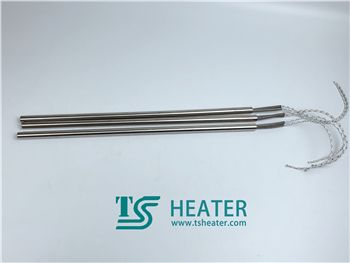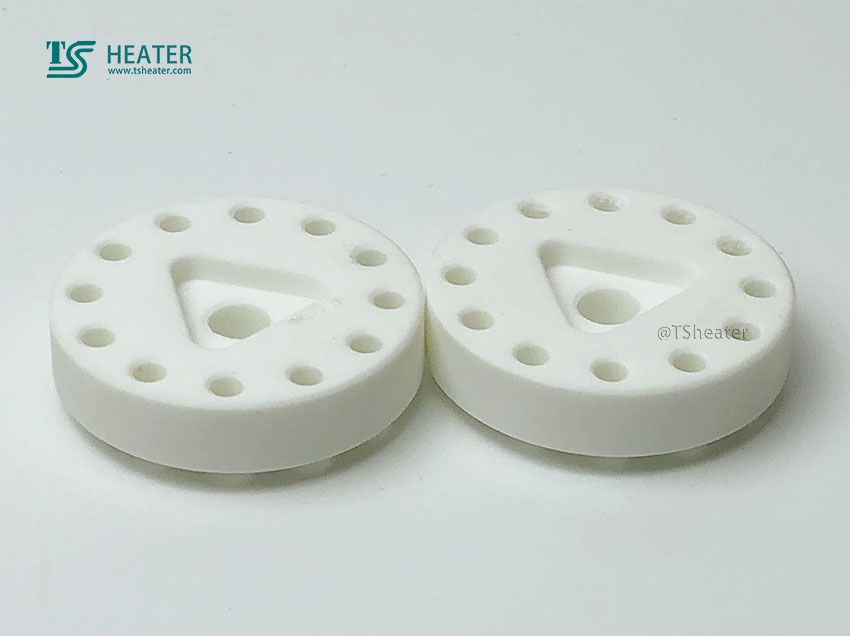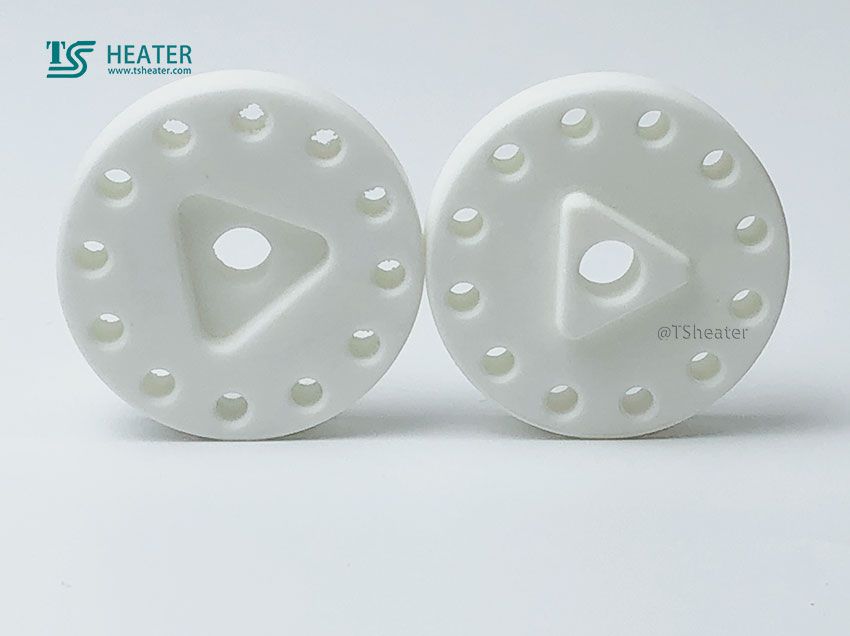
Oct 14 2022

Oct 14 2022

Oct 14 2022

Oct 01 2022
The molding of Zirconia Ceramics includes dry pressing molding, isostatic pressing molding, grouting molding, hot die casting molding, casting molding, injection molding, plastic extrusion molding, colloidal solidification molding, etc. Of course, the most widely used are injection molding and dry pressing.
(1) Grouting
The molding process of grouting includes the physical dehydration process and chemical coagulation process. Physical dehydration removes the moisture in the slurry through the capillary action of the porous plaster mold. The chemical coagulation process is because the Ca2+ generated by the dissolution of CaSO4 on the surface of the plaster mold increases the slurry. The ionic strength in the material causes the slurry to flocculate. Under the action of physical dehydration and chemical coagulation, ceramic powder particles are deposited and formed on the plaster mold wall. Grouting is suitable for the preparation of large ceramic parts with complex shapes, but the quality of the green body, including shape, density, strength, etc., is poor, and the labor intensity of workers is high and it is not suitable for automated operations.
(2) Hotpress injection molding
Hot pressure injection molding is to mix ceramic powder and binder (paraffin) at a higher temperature (60~100℃) to obtain slurry for hot die casting. The slurry is injected into the metal mold under the action of compressed air to protect Press cooling and demolding to obtain a wax blank, which is dewaxed under the protection of inert powder to obtain a green body, and the green body is sintered into porcelain at high temperature. The green body formed by hot-press injection molding has precise dimensions, uniform internal structure, less mold wear, high production efficiency, and is suitable for various raw materials. The temperature of the wax slurry and the mold needs to be strictly controlled, otherwise, it will cause undershot or deformation, so it is not suitable for manufacturing large parts. At the same time, the two-step firing process is more complicated and the energy consumption is high.
(3) Casting
Casting is to fully mix the ceramic powder with a large number of organic binders, plasticizers, dispersants, etc., to obtain a viscous slurry that can flow. The slurry is added to the hopper of the casting machine, and the thickness is controlled with a scraper. It flows out to the conveyor belt through the feeding nozzle and obtains the film blank after drying. This process is suitable for the preparation of film materials. In order to obtain better flexibility, a large amount of organic matter is added, and the process parameters are required to be strictly controlled. Otherwise, it is easy to cause defects such as peeling, streaks, low film strength, or difficult peeling. The organic matter used is toxic and will cause environmental pollution. A non-toxic or less toxic system should be used as much as possible to reduce environmental pollution.
Degreasing
In addition to the molding technology based on dry pressing, products formed by other processes must undergo degreasing and debinding before being sintered in the furnace, because other processes other than dry pressing will add a certain proportion of zirconium powder during molding. Plasticizers, these plasticizers must be removed after the product is molded, otherwise, it will have a serious quality impact on the sintered product. Plasticizers are mainly composed of paraffin wax and other polymer materials. These materials are required to exhibit good plasticity and fluidity at a certain temperature, and certain toughness and strength at room temperature.
sintering
The sintering methods that Zirconia Ceramics can use are usually:
⑴ Pressureless sintering,
⑵Hot press sintering and reaction hot press sintering,
⑶Hot isostatic pressing (HIP),
⑷Microwave sintering,
⑸Ultra high-pressure sintering,
⑹Spark plasma sintering (SPS)
⑺In-situ compression molding and sintering, etc.
However, pressureless sintering is generally the main method.
For the molding of Zirconia Ceramics above, our company has mature craftsmanship, complete production lines, and 15 years of history.